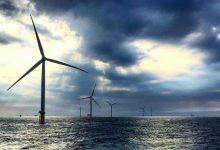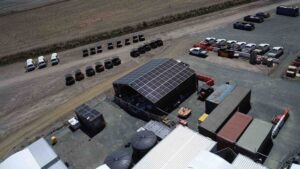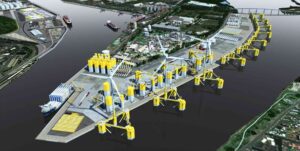Spanish renewable energy giant Siemens Gamesa Renewable Energy has won the wind turbine supply order for the world’s largest floating offshore wind, the 88MW Hywind Tampen offshore wind farm that will help power offshore oil and gas platforms.
Hywind Tampen is expected to be completed and commissioned in late-2022, will be the world’s largest planned floating offshore wind farm and the first to help power offshore oil and gas platforms.
It is being built by Norwegian energy company Equinor in partnership with the owners and operators of the Snorre and Gulfaks oil and gas fields in the North Sea and will contribute 35% of the annual power demand from those oil fields.
“We have been systematically maturing technologies for floating offshore wind for almost 20 years,” said Eldar Sætre, chief executive officer of Equinor in October.
“About 80 % of the global resource potential for offshore wind is in deep waters, and floating offshore wind may play an important part in the energy transition towards more sustainable global energy supply. This brings substantial opportunities for Norwegian industry.”
Investments for the Hywind Tampen floating offshore wind farm will amount to almost NOK 5 billion ($A800 million) and will be supported by an investment of NOK 2.3 billion from the Norwegian authorities through Enova, a Norwegian Government enterprise responsible for the promotion of environmentally friendly production and consumption of energy.
Siemens Gamesa will supply 11 of its SG 8.0-167 DD turbines. The two companies first worked together on the world’s first full-scale floating wind turbine project, Hywind Demo a decade ago, and on the 30 MW Hywind Scotland floating wind power plant – currently the world’s largest floating wind plant – in 2017.
“We are pleased to have received the firm order from Equinor to be the supplier of this ground-breaking project,” said Andreas Nauen, CEO of the Siemens Gamesa Offshore Business Unit. “Thanks to our strong collaboration and joint focus on innovation, we are now at the forefront of developing this exciting technology and unlocking the vast potential for floating offshore wind power.”
Hywind Tampen will be built approximately 140 kilometres from the shore in an area between the Snorre and Gulfaks oil and gas platforms with water depths of between 260 and 300 metres – much deeper than traditional sea floor offshore wind turbines.










